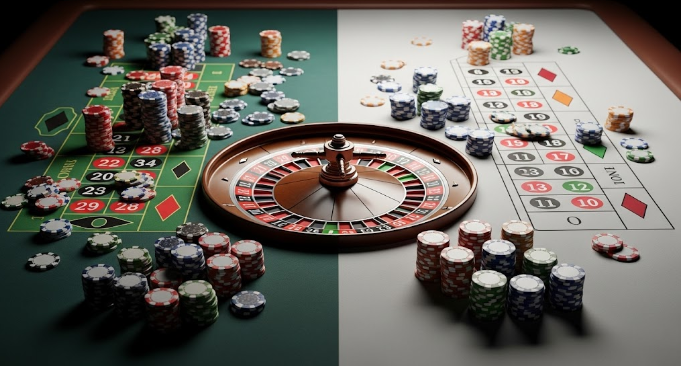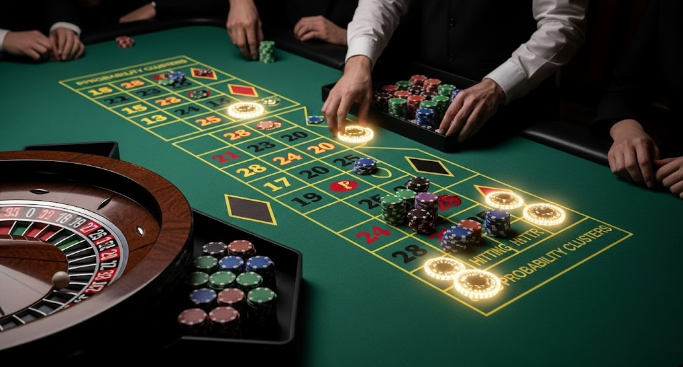Roulette has been captivating players for centuries, but for many, the strategies remain the same: Martingale, Fibonacci, Labouchère, D’Alembert — tried-and-true systems that have been passed around like old family recipes. They’re familiar, predictable, and, to be blunt, easy for casinos to anticipate.
But every so often, a new approach emerges that challenges everything players think they know about the wheel.
This particular roulette system does just that. It’s not about doubling after losses or stacking chips on “safe” bets. Instead, it’s built around probability shifts, dynamic bet placement, and an adaptive cycle that changes based on the wheel’s recent results. Think of it as the opposite of “set and forget” — it learns and reacts as the game unfolds.
How It Breaks from Tradition

Most traditional systems follow a rigid formula:
- Martingale: Double after each loss until you win.
- Fibonacci: Follow a pre-set sequence regardless of the wheel’s mood.
- Labouchère: Cross numbers off a list based on wins and losses.
The flaw in these methods is their linear thinking. They don’t adapt to streaks, table speed, or changing outcomes — they assume every spin is a fresh start. In reality, while each spin is statistically independent, human betting behavior and table dynamics can create exploitable patterns in payout management and chip flow.
This new system focuses on probability clusters — groupings of numbers that, over a short-term sequence, tend to hit more often than statistical averages would suggest. By tracking these clusters and adjusting wagers accordingly, the system avoids the all-or-nothing pitfalls of doubling strategies.
A Look at the Numbers
Here’s a simplified probability table for a European wheel (single zero) showing the basic house edge and payout rates:
The innovation here lies not in changing the odds — those are fixed — but in bet distribution. Instead of locking into one type of bet, this system cycles between high-payout/low-probability wagers and safer even-money bets based on where recent spins suggest “heat” is building.
Why It Feels Different to Play

The system’s pacing is one of its most intriguing qualities. Where Martingale players might sweat through a losing streak, this method leans into lower stakes during cold runs, only ramping up when a targeted cluster starts showing life. It’s not about chasing losses — it’s about timing entries so that you’re most exposed when the odds of a hit are slightly tilted in your favor.
Another difference is psychological. Players using this system report feeling more engaged, since they’re actively tracking the wheel and making real-time decisions, rather than mechanically following a chart. It transforms roulette from a passive to an active experience, almost like reading the table in poker.
How It Compares to Other Roulette Systems

If you’ve explored other roulette betting systems, you know most fall into two camps: those that push for aggressive recovery after losses, and those that stretch small wins over time. This one doesn’t neatly fit either category. It borrows the cautious bankroll protection of the latter, but injects calculated bursts of aggression like the former — all triggered by actual spin data rather than arbitrary progression.
The Learning Curve

It’s worth noting: this isn’t a plug-and-play trick for instant wins. There’s a learning curve, especially when it comes to spotting meaningful number clusters versus random noise. New users often practice in free-play mode first, tracking wheel history until they can spot shifts without second-guessing themselves.
Once mastered, the experience is unlike the autopilot betting many players fall into. You’re not just spinning the wheel; you’re interpreting its language. And while the house edge still exists, the engagement and adaptability can make your sessions feel sharper, more strategic, and — when the clusters hit — far more rewarding.







%20(1200%20%C3%97%20232%20px)%20(9).png)











